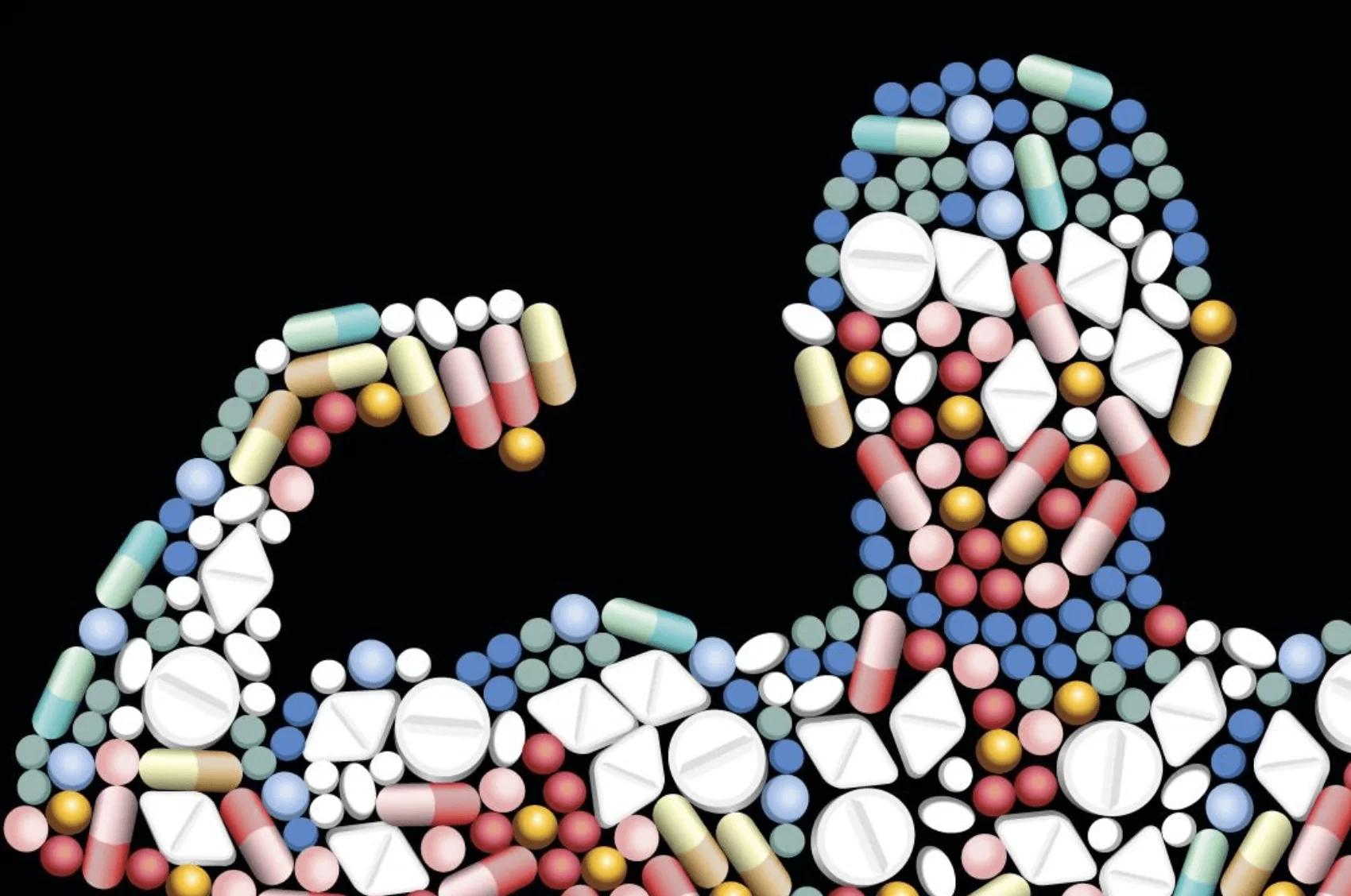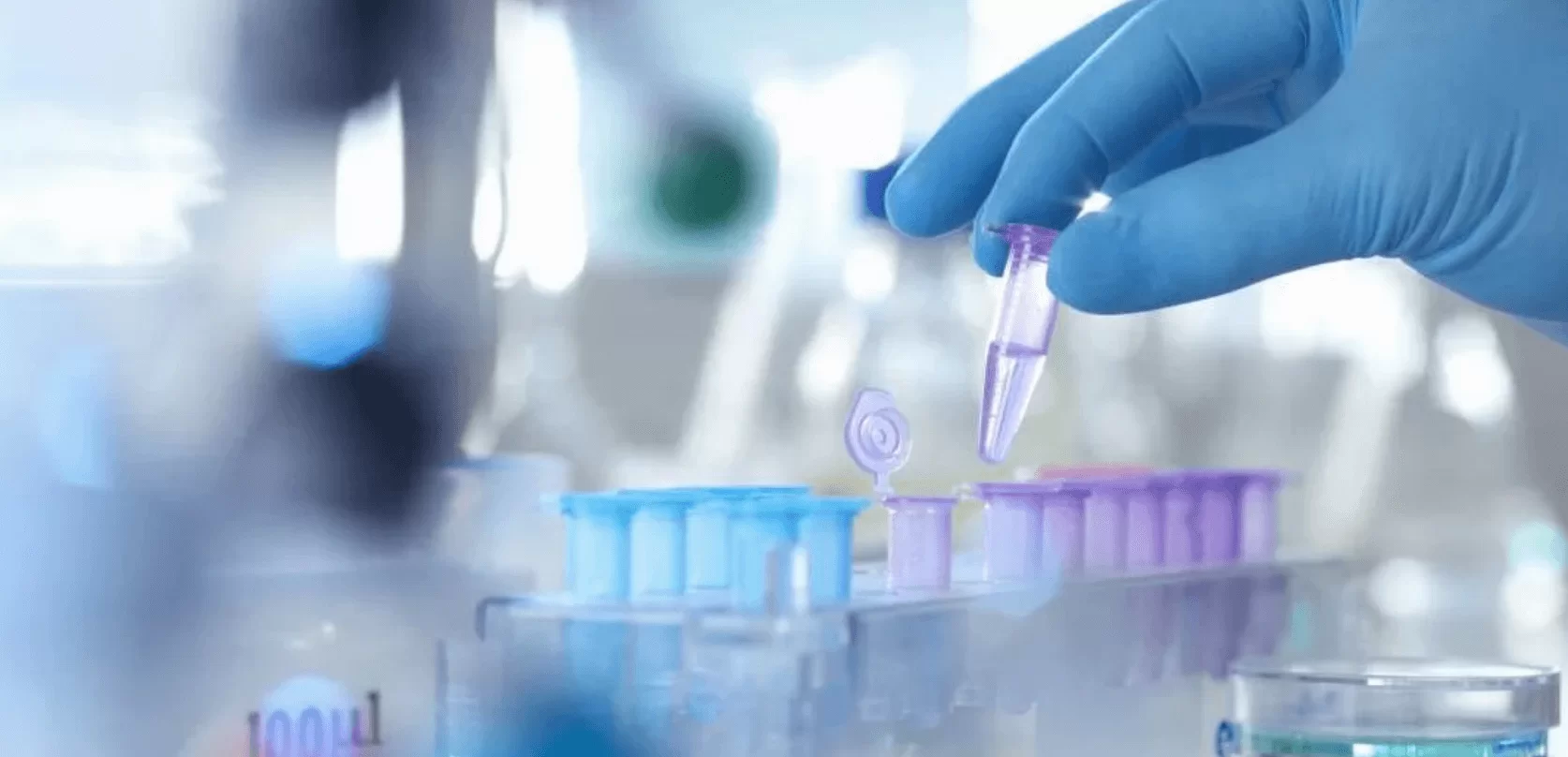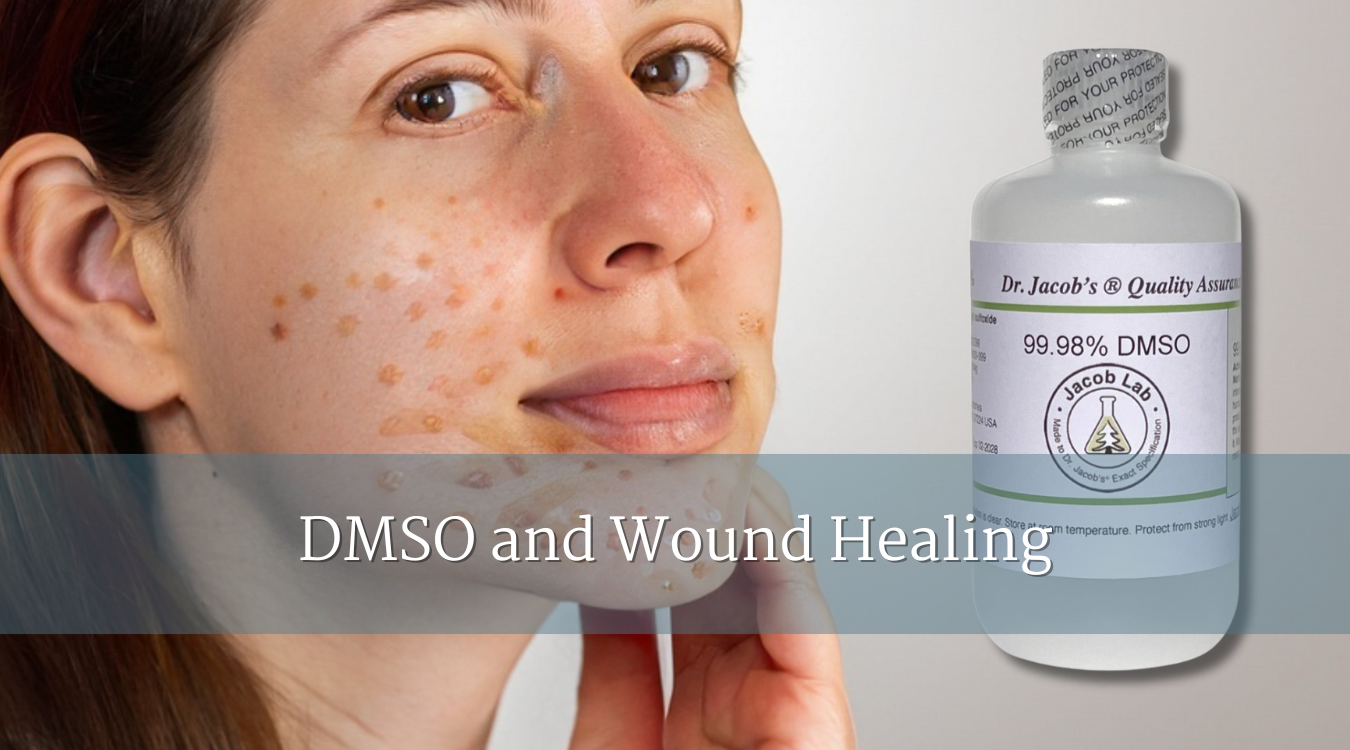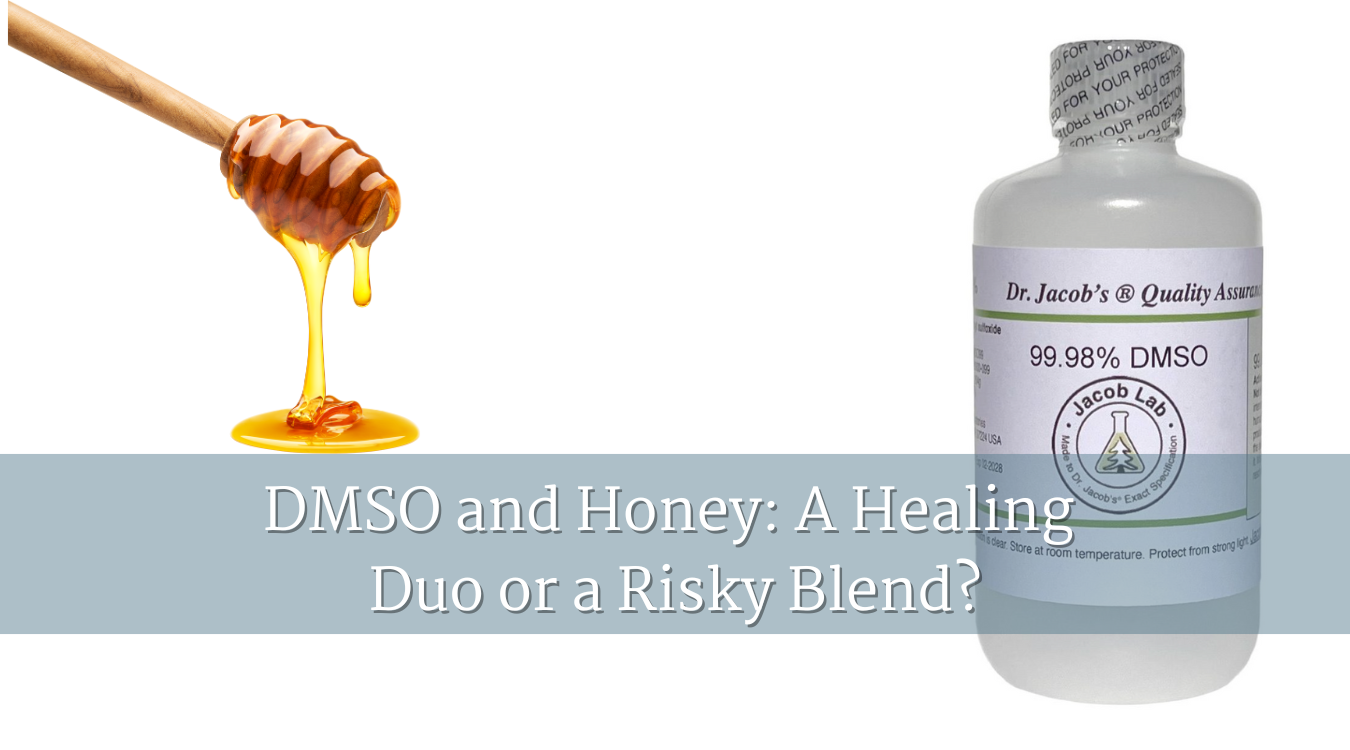
Why People Are Curious about
DMSO and Honey
Honey has been used for centuries as a natural wound healer thanks to its antibacterial and soothing qualities. DMSO, with its ability to penetrate skin and tissues, is sometimes thought of as a potential enhancer. The question is: does combining honey and DMSO create a more powerful healing agent, or does it introduce unnecessary risks?
🔬 What We Know Scientifically
-
Honey: Proven antimicrobial, antioxidant, and wound-healing properties. Medical-grade manuka honey is even used in clinical dressings.
-
DMSO: Reduces inflammation, improves penetration of other compounds, and supports pain relief.
-
Together? No controlled studies confirm benefits of this combination. The concern is that DMSO could carry impurities or pathogens from raw honey deeper into tissues, bypassing the body’s natural barriers.
🩺 Dermatologist’s View
A dermatologist would point out that honey is already safe for topical use when sterilised (medical honey). DMSO, however, changes the rules: it penetrates skin rapidly and could carry bacteria, spores, or toxins from raw honey directly into the bloodstream. That’s a level of risk that outweighs potential synergy.
🥗 Nutritionist’s View
From a nutritional standpoint, honey is best taken orally, supporting immunity, energy, and gut health. Pairing it with DMSO offers no dietary advantage. Instead, use high-quality honey as a food or tea sweetener to benefit naturally from its healing compounds.
🌀 TCM Perspective
In Traditional Chinese Medicine, honey is considered neutral in nature, harmonising the stomach and moistening dryness. DMSO, being an industrial solvent, has no role in TCM practice. Combining the two wouldn’t fit the holistic approach of balancing the body through natural and time-tested remedies.
⚖️ Comparison Table: Honey vs Honey + DMSO
| Aspect | Honey Alone | Honey + DMSO |
|---|---|---|
| Antibacterial Use | Safe topically (esp. medical-grade honey) | Risk of pathogens being carried deeper into tissues |
| Wound Healing | Clinically supported | Unstudied, risk of irritation or infection |
| Internal Benefits | Supports immunity, digestion | Unsafe; DMSO not for oral use |
| Safety Profile | Well established | High uncertainty, potential toxicity |
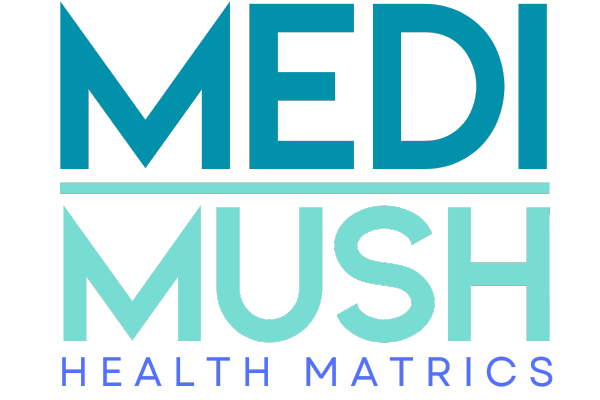



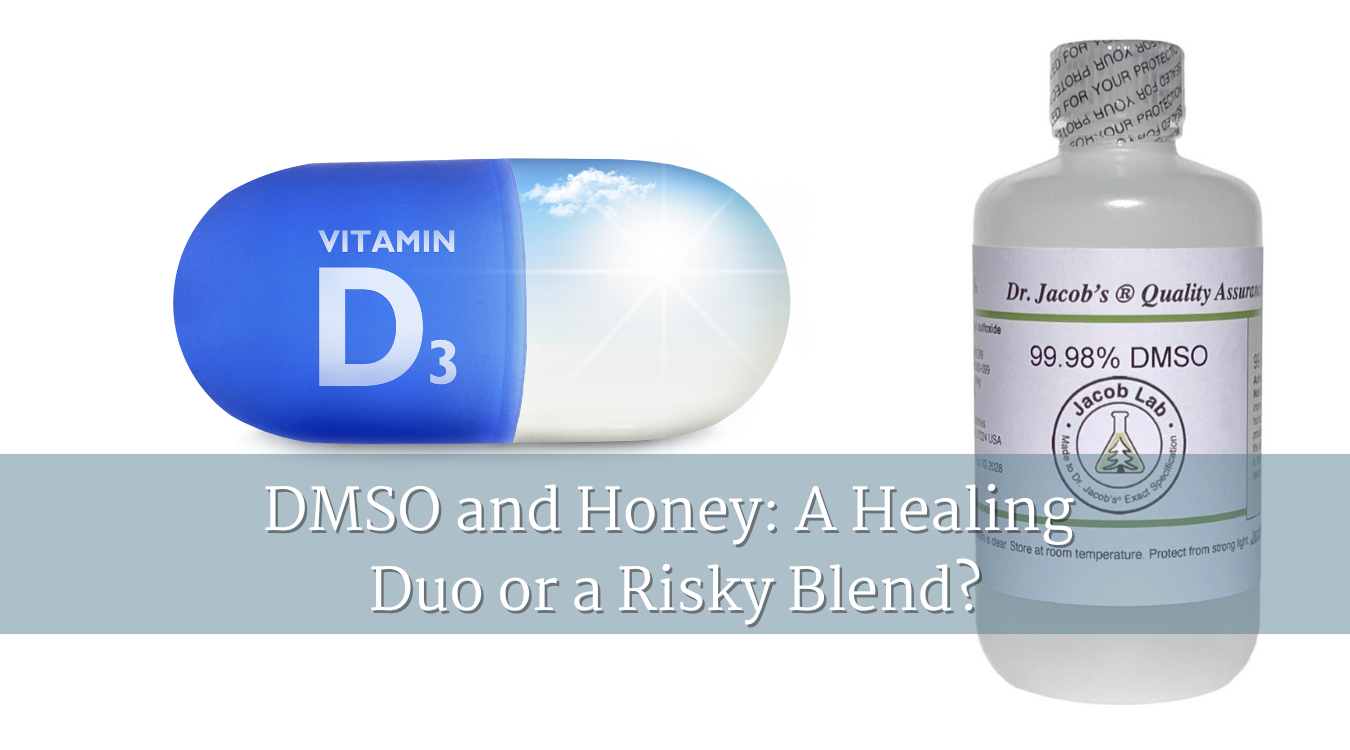 DMSO and Vitamin D3: Can It Improve Absorption?
DMSO and Vitamin D3: Can It Improve Absorption?
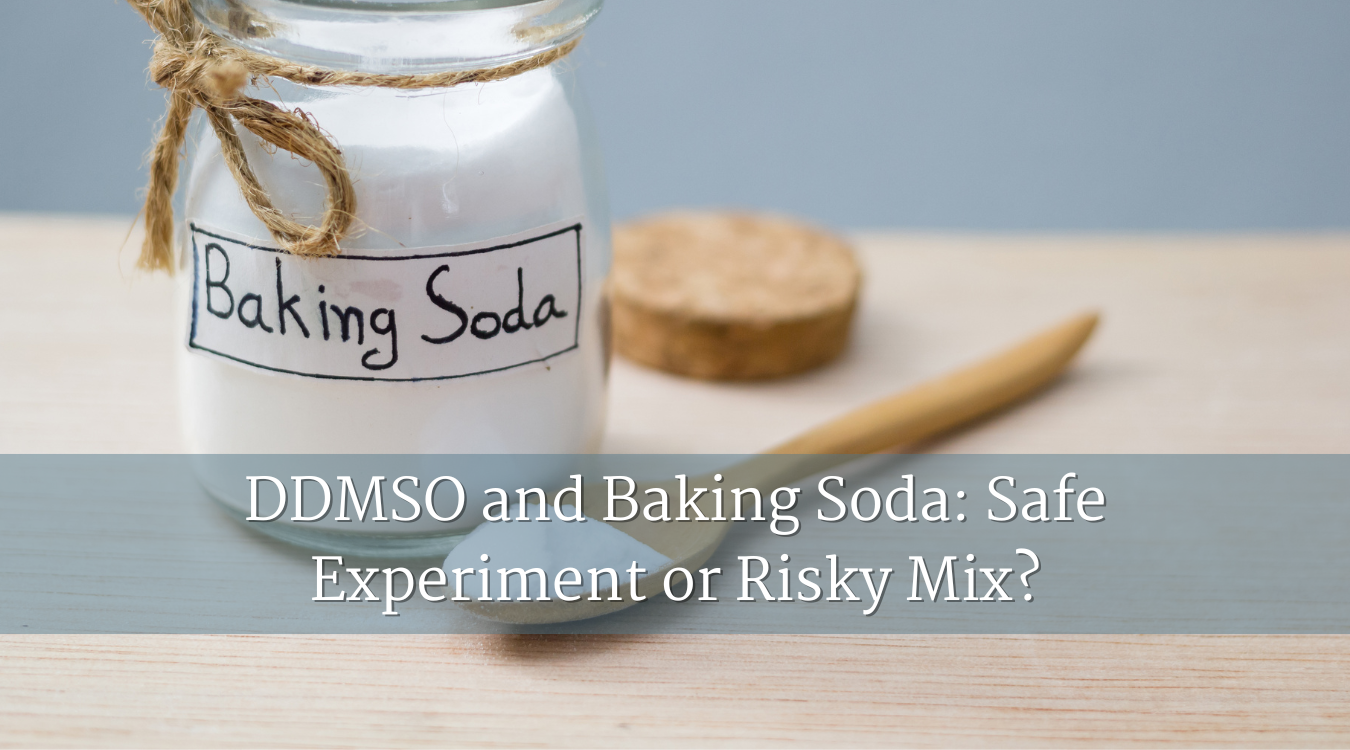 DMSO and Baking Soda: Safe Experiment or Risky Mix?
DMSO and Baking Soda: Safe Experiment or Risky Mix?











